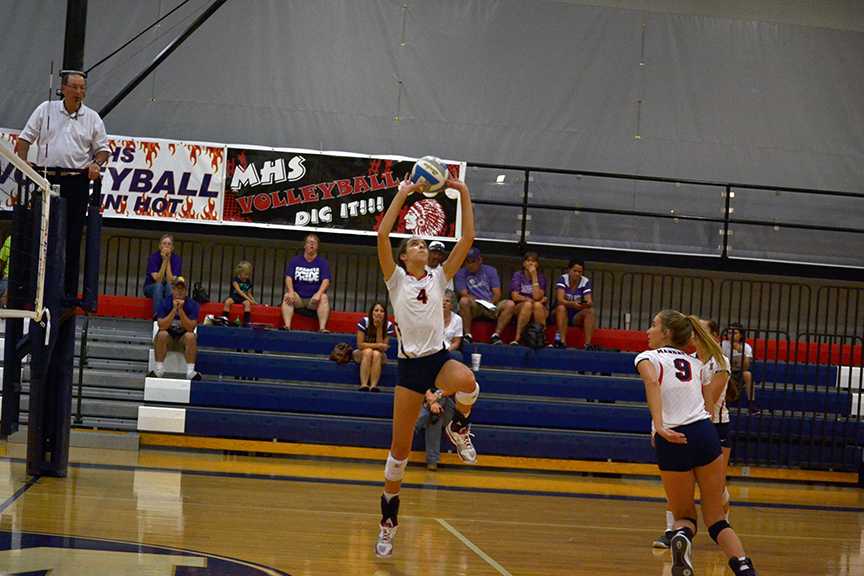Science Biomedical pathway to undergo significant changes
Unbeknownst to many students, the Manhattan High science department is host to three CTE pathways that provide students a chance to advance and excel in applied scientific technologies, such as the biomedical pathway.
Featuring biology as its introductory course, as well as genetics, anatomy and Advanced Placement Biology as its technical courses, the new Biomedical Innovation class will serve as the application-level course for the pathway.
“It has a lot to do with what are the newest and latest innovations or technologies or ideas in terms of medicine and health,” department chair Craig Ackerman said.
According to Ackerman — as the application level course is required for state funding — the change to the curriculum was imperative to keeping the pathway available for students after what MHS offered was no longer considered as an application-level course by the state. Biomedical Innovation was added to the department as an intriguing, state-approved way for students to gain applicable skills in the medical-technology profession.
The new class will feature a more hands-on and updated curriculum, as compared to the previous course, aimed at students primarily thinking about following to medical field pathway into career.
“It’s a lot of self-driven learning by the students where they have to basically seek out the people they are going to interview or internship with, and create a big project out of the whole thing,” Ackerman said. “If [students] work hard and actually meet all the checkpoints, I think they’ll uncover a lot of really awesome opportunities out there in the medical field.”
The curriculum, while more engaging than past classes, will be rigorous and only offered to few. The prerequisites for the class will limit positions only to students who have taken biology, anatomy, genetics and AP Biology. According to Ackerman, this is due to the need of a stable background in biomedicine before jumping into an applied-learning environment. Because it is rare for a junior or below to have all these courses already secured under their wing, the class will be heavily made up of upperclassman.
“The knowledge they learned from this class should probably carry over pretty well in terms of when they get to medical school or nursing school,” Ackerman said. “This kind of gives those students a head start on the type of new ideas and innovations they’ll be using as a career.”
